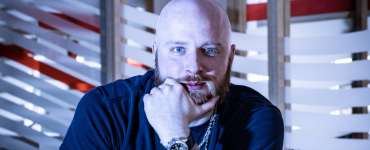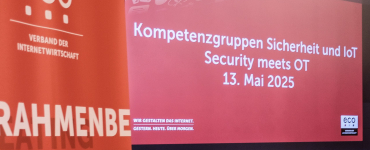The Mobile World Congress, the largest annual stage for new developments in mobile communications, has witnessed a major metamorphosis in 2018. So reports the trade fair observer Dr. Bettina Horster, Head of the IoT (Internet of Things) Competence Group at eco – Association of the Internet Industry. While classic hardware topics were still on the fair’s agenda, these were no longer in the limelight. Samsung may have introduced its Galaxy S9 – but these product presentations no longer bore the significance of past years. The quote of one exhibitor captures the essence of the change: “This was the last major communications trade fair.”
It wasn’t classic hardware, but rather new mobility concepts from car manufacturers which attracted a great deal of attention. Virtual reality also wowed at some booths with elaborate demos. “You can clearly see that the concept of mobile has evolved,” reports Bettina Horster. “A big trend in Barcelona was connected appliances for at home and in the smart city, from cars to huge 180-degree screens with spectacular presentations.”
Security issues for IoT’s end-to-end interconnection also featured, as did the new 5G mobile communications standard, which cropped up everywhere. AI was also a topic for many companies. “The word ‘Future’ was almost used to excess. The MWC focuses too heavily on what can be done with mobile networks in the future – the CES in Las Vegas gives practical examples of what is already possible today,” Horster says.
Growth markets shift from smartphone to IoT
The topic of IoT was omnipresent – but only from the perspective of mobile network providers. The aspect here must be considerably broadened. It was all far too much about hardware and standards – the software infrastructure that enables solutions for the industries was rarely mentioned. “The large mobile network providers are not yet making sufficient use of IoT’s innovation potential,” asserts Horster. “The greatest revenue potential lies in new business models and applications for the Internet of Things. This potential can only be realized through cooperation that transcends company boundaries,” Horster continues. “Thanks to the elaborate exhibits of large companies, visitors to the MWC were able to clearly see that the Mobile World Congress is evolving from a smartphone to an IoT trade fair.”
Despite some interesting announcements, however, IoT solutions for health care were still thin on the ground. “Whether it’s connected driving or smart city – the growth markets of the future will need broadband and, above all, comprehensive and highly available mobile Internet,” adds Horster.




